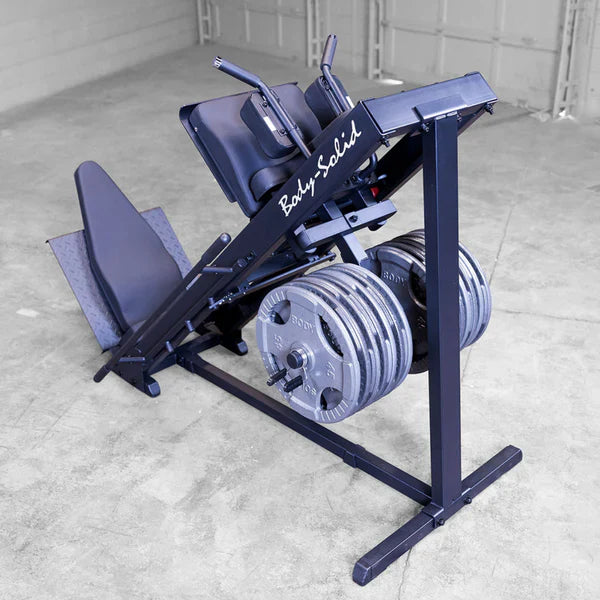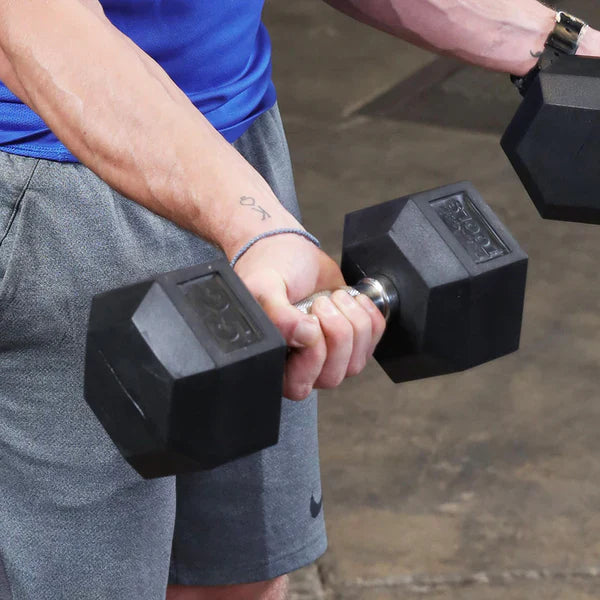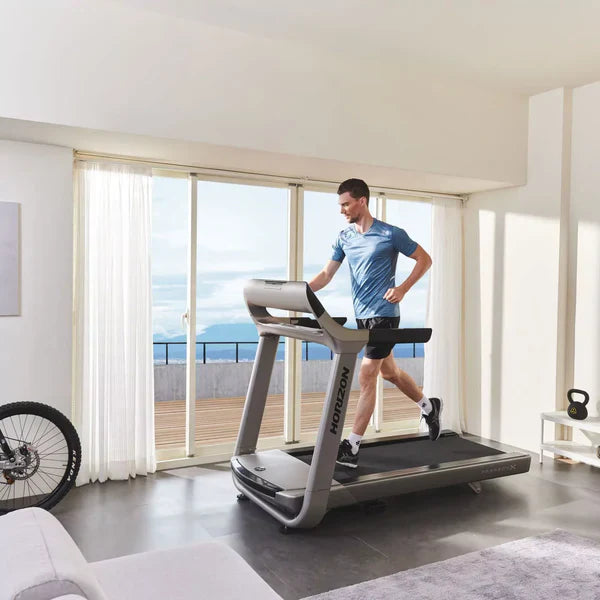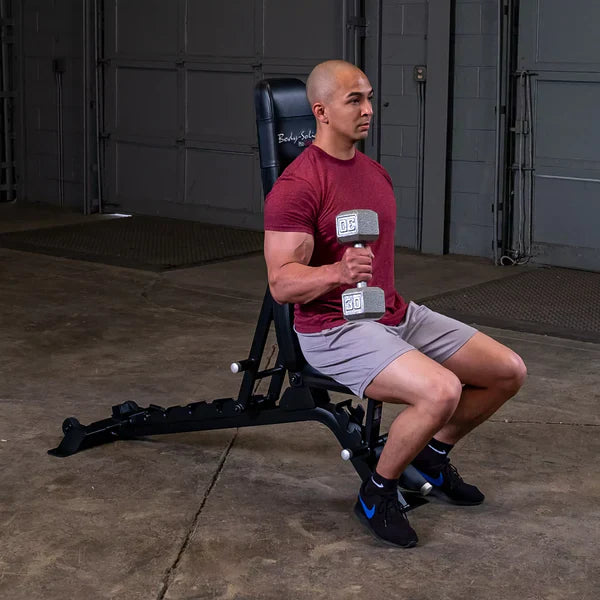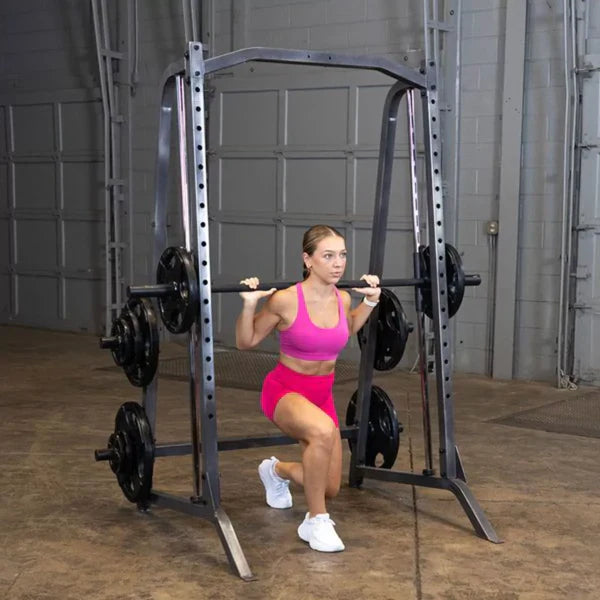If you’re serious about building stronger legs, improving lower-body power, or toning your glutes and quads, then a leg press machine is one of the best investments you can make. Whether you’re outfitting a professional gym or searching for the best leg press for home gym setups, understanding what to look for before buying can help you make a smart, long-term decision.
In this guide, we’ll break down what makes a great leg press, explore key leg press benefits, and show you how to structure an effective leg press workout routine at home — even if you have limited space.
What Is a Leg Press?
The leg press is a resistance training machine that targets the major muscles of your lower body — primarily the quadriceps, hamstrings, and glutes. Unlike squats, which require significant balance and core stability, the leg press allows you to lift heavy weights safely by supporting your back and isolating your leg muscles.
There are two main types of leg presses:
-
Horizontal leg press machines, often found in commercial gyms.
-
45-degree (angled) leg press machines, which use a sled on a track and are popular for heavy lifting.
Both types can offer excellent results depending on your goals and available space.
Why You Need a Leg Press in Your Home Gym
Adding a leg press to your home gym provides several unique benefits. For many fitness enthusiasts, it’s a cornerstone piece of equipment for balanced strength training.
Here are some of the top leg press benefits:
1. Builds Stronger, More Defined Legs
The leg press directly targets your quadriceps, hamstrings, glutes, and calves. It allows for progressive overload — a key principle in muscle growth — without putting excessive strain on your spine or joints.
2. Safer Than Free Weight Squats
If you’re training alone at home, the leg press is much safer than heavy squats. The machine provides support and stability, reducing the risk of injury from losing balance or improper form.
3. Great for All Fitness Levels
From beginners to advanced lifters, the leg press is highly adaptable. You can adjust the resistance, foot placement, and range of motion to match your ability level and training goals.
4. Rehabilitation and Joint Health
Because the leg press offers controlled movement, it’s ideal for rehabilitation programs and joint-friendly strength training. You can strengthen muscles without the high-impact stress of jumping or running.
What to Look for in a Leg Press Machine
When searching for the best leg press for home gym use, you’ll want to consider several important factors. The right choice will depend on your space, budget, and fitness goals.
1. Build Quality and Frame Construction
A sturdy steel frame is essential for stability and durability. Look for heavy-gauge steel (11-gauge or thicker) and a high weight capacity — ideally 500 lbs or more — to ensure the machine can handle intense workouts for years.
2. Footplate Design and Adjustability
A wide, textured footplate allows you to vary your stance to target different muscles. Some machines offer adjustable footplates for better ergonomics and comfort during workouts.
3. Seat and Backrest Comfort
Since you’ll be pushing heavy loads, a padded and adjustable backrest is crucial for maintaining good posture and reducing strain on your lower back. Ideally, the seat angle should be adjustable to accommodate different body types.
4. Smooth Range of Motion
A high-quality leg press should glide smoothly without jerky movements. Look for machines with linear bearings or sealed ball-bearing systems for a seamless motion.
5. Space and Size
If you’re building a home gym, space efficiency is key. Measure your available area and check the machine’s footprint. Some compact leg presses or combo units (like a leg press/hack squat machine) are perfect for smaller rooms.
6. Type of Resistance
-
Plate-loaded leg presses use Olympic plates for customizable resistance.
-
Selectorized leg presses use a weight stack and pin system — ideal for quick weight adjustments.
-
Cable or band-resisted leg presses (found in some compact models) are suitable for beginners or light home use.
7. Price and Warranty
Leg presses can range from a few hundred dollars to several thousand. Look for reputable brands that offer long warranties on the frame and moving parts. A good leg press should be seen as a long-term investment in your health and strength.
The Best Leg Press for Home Gym Setups
If you’re building a complete home gym, here are the types of machines that typically offer the best value:
-
Compact 45-degree leg press – Excellent for small spaces, with a smaller footprint and solid performance.
-
Leg press and hack squat combo machines – Ideal for users who want versatility. These machines allow two powerful lower-body exercises in one.
-
Vertical leg press – Great for heavy lifters with limited space, though it may require more setup and care with form.
Brands such as Body-Solid, Force USA, and Titan Fitness are known for producing durable, home-friendly models that deliver commercial-level performance.
How to Use the Leg Press: Proper Form and Safety Tips
Even with the safest design, proper form is key to maximizing your results and minimizing the risk of injury.
-
Adjust the seat so your knees form about a 90-degree angle when your feet are on the platform.
-
Keep your feet shoulder-width apart on the footplate.
-
Press through your heels, not your toes, to activate your glutes and hamstrings.
-
Don’t lock your knees at the top of the movement — maintain slight tension to protect your joints.
-
Lower the weight slowly, allowing your knees to bend naturally until your thighs are close to your chest.
-
Control each rep — avoid bouncing or jerking the weight.
Leg Press Workout Routine at Home
A well-structured leg press workout routine at home can help you build strength, power, and endurance. Here’s a sample routine you can follow:
Beginner Routine (2–3 times per week)
-
Leg Press: 3 sets of 12–15 reps
-
Calf Raises on the Leg Press: 3 sets of 15 reps
-
Bodyweight Squats: 3 sets of 10–12 reps
Intermediate Routine (3–4 times per week)
-
Leg Press: 4 sets of 8–12 reps
-
Single-Leg Press (one foot on platform): 3 sets of 10 reps per leg
-
Romanian Deadlifts: 3 sets of 10 reps
-
Leg Curls: 3 sets of 12 reps
Advanced Strength Routine
-
Leg Press: 5 sets of 6–8 heavy reps
-
Hack Squat (if available): 4 sets of 10 reps
-
Walking Lunges: 3 sets of 12 steps per leg
-
Calf Presses: 4 sets of 15–20 reps
Make sure to warm up before starting and stretch afterward to maintain flexibility and reduce muscle soreness.
Final Thoughts: Invest in Strength and Longevity
Choosing the right leg press for your home gym is more than a purchase — it’s an investment in your long-term fitness and health. Whether your goal is building muscle, improving balance, or staying active as you age, the leg press is one of the most effective lower-body exercises you can do.
By considering build quality, size, resistance type, and comfort, you’ll be able to find the best leg press for home gym use that suits your needs and budget. Combine it with a consistent leg press workout routine at home, and you’ll quickly experience the full leg press benefits — stronger legs, better performance, and a more balanced physique.

